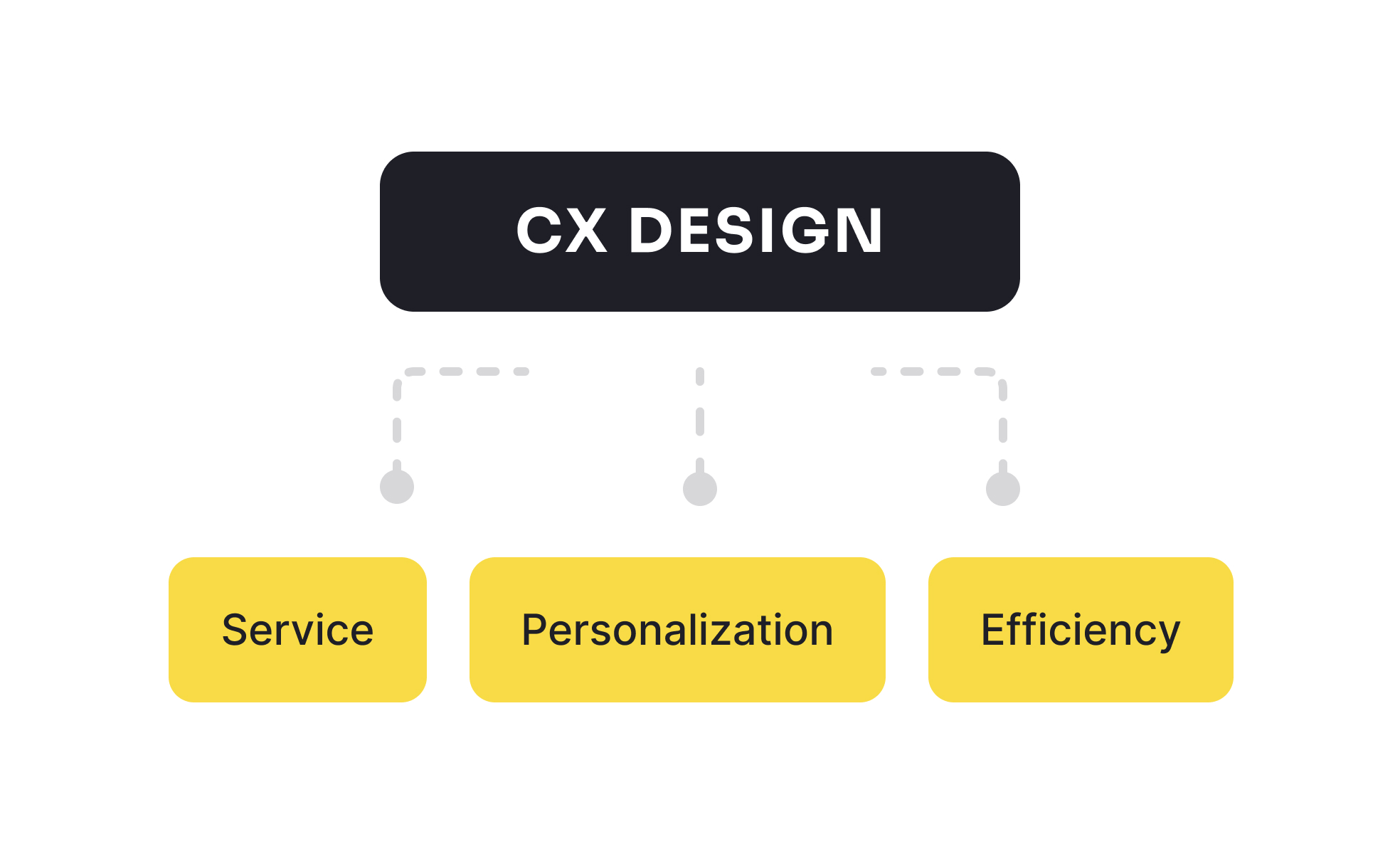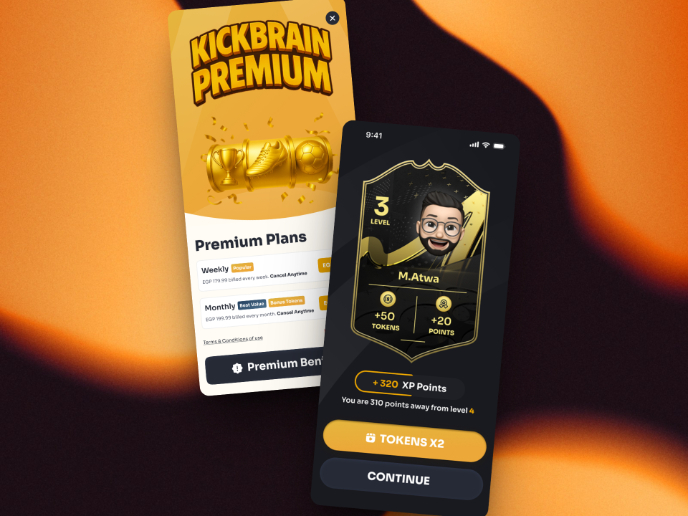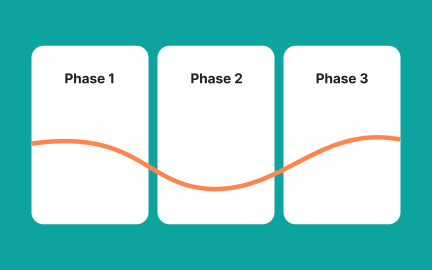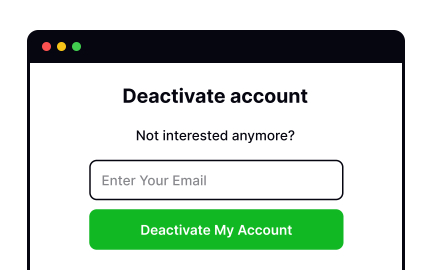Customer Experience (CX)
Customer Experience (CX) refers to every interaction a customer has with a brand across touchpoints, shaping satisfaction, trust, and long-term product loyalty.

Customer Experience (CX) is the overall impression users form through all their interactions with a product, service, or brand. It includes not only the usability of the interface but also the quality of support, communication, and emotional connection. From a product perspective, CX reflects how well a solution aligns with user needs and how smoothly it helps them achieve their goals. Strong CX builds trust, reduces friction, and directly impacts whether customers return or recommend a product to others.
In UX and UI design, CX is inseparable from the product interface. Every click, scroll, or form entry influences how a customer perceives the product. For example, a confusing navigation menu can cause frustration, while a clear and intuitive flow can delight the user. Designers consider how elements like typography, layout, and responsiveness combine to create a seamless journey.
For product managers, CX is a broader strategic concern. It extends beyond the interface into the entire lifecycle of the customer’s relationship with the company. This includes discovery, onboarding, customer service, feature updates, and even billing.
Measuring CX requires a blend of quantitative and qualitative methods. Metrics like Net Promoter Score (NPS), Customer Satisfaction (CSAT), and Customer Effort Score (CES) provide numerical insights, while surveys, interviews, and usability tests uncover emotional responses. Businesses that invest in tracking these signals can detect friction points and prioritize improvements that matter most to users. For instance, reducing the number of steps in a checkout flow might cut abandonment rates and boost satisfaction simultaneously.
Real-world examples highlight the impact of CX on product success. Companies like Apple have built their reputation on experiences that feel polished at every step, from packaging to customer support. Similarly, digital-first brands such as Spotify continually refine touchpoints based on customer feedback, ensuring their services feel personal and effortless. On the other hand, products that ignore CX often face churn, even when their core features are strong, because customers evaluate the overall journey, not just functionality.
Learn more about this in the Customer Satisfaction Measurement Lesson, a part of the Product Analytics Course.
Key Takeaways
- CX covers every customer interaction with a product, service, or brand.
- UX/UI design directly shapes CX through usability and clarity.
- Product managers oversee CX at a strategic level across touchpoints.
- Metrics like NPS, CSAT, and CES measure CX effectiveness.
- Positive CX drives loyalty, reduces churn, and boosts advocacy.
User Experience focuses on interactions with a specific product or interface, such as using an app or completing a form. Customer Experience is broader, encompassing the entire relationship with a brand, from marketing to support. For example, while UX evaluates whether an app is easy to navigate, CX evaluates whether the company delivers clear communication, fair pricing, and reliable support in addition to a usable product.
This distinction means that UX contributes to CX but does not define it entirely. A seamless interface may improve satisfaction, but poor service can still ruin the overall experience. Both dimensions must align for a customer to feel valued.
Improving CX begins with mapping the customer journey to identify friction points. Companies can then simplify processes, such as shortening account creation steps or clarifying billing information. Clear communication during updates, proactive customer support, and responsive service channels also build positive impressions.
Another important step is establishing feedback loops. By regularly collecting and analyzing customer feedback, organizations can prioritize enhancements based on actual user needs rather than assumptions. This practice helps align design, development, and service teams toward a shared goal: removing barriers and delivering value quickly.
CX differentiates products in crowded markets where features are often similar. Customers tend to remain loyal to brands that make them feel respected, supported, and understood. For example, a subscription service may win loyalty not only through exclusive content but also through excellent customer service and transparent pricing policies.
In today’s digital economy, customers often share their experiences publicly, influencing brand reputation.
A strong CX strategy not only retains existing users but also attracts new ones through word-of-mouth and reviews. This compounding effect makes CX one of the most powerful drivers of sustainable growth.
Recommended resources
Courses

Introduction to Customer Journey Mapping

Color Psychology

UX Writing
Lessons

14 Design Dark Patterns You’ll Want to Avoid

Customer Journey Mapping

Customer Satisfaction Measurement
Exercises
Projects

404 Error Page for Fintech Platform Bankr💸

UX Writing. Ice Skating school











